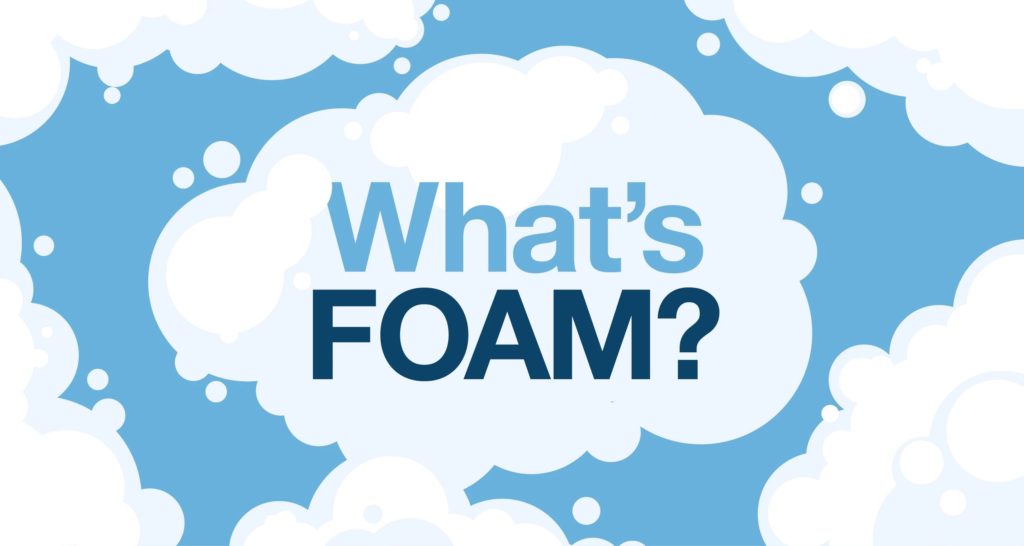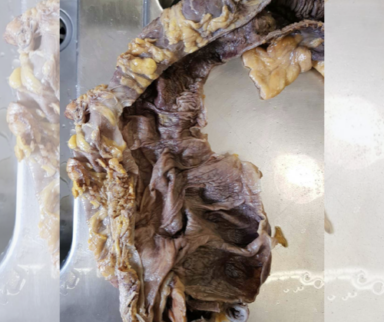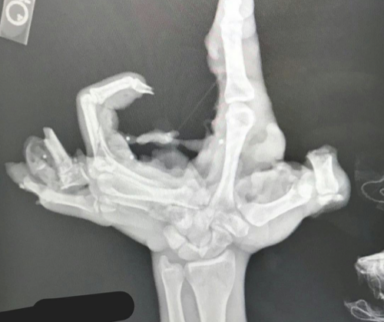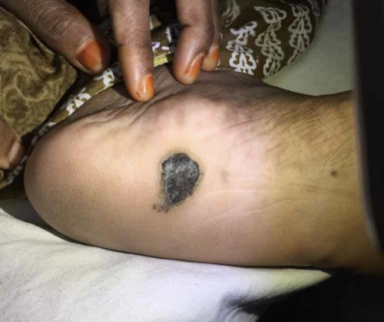
If you’re a healthcare professional looking to sharpen your skills, you need to know about FOAM. (And #foamed. And the difference.)
What is FOAM?
FOAM (or sometimes referred to as FOAMed or Meducation) stands for Free Open Access Medicine and was coined by Dr. Mike Cadogan at the International Conference on Emergency Medicine in 2012. It is a collection of medical education and resources available to anyone, anytime, anywhere.
As Dr. Cadogan explained then, “What we tried to come up with, in the pub last night, was an alternative name to ‘social media,’ something that might allow other people to come in and enjoy the environs that the APIs or the internet allows us to have.”
FOAM discussions frequently use the #foamed hashtag, and it’s been said that “FOAM is the concept, #foamed is the conversation” — though, given the open nature of the movement, this subtlety is often overlooked.
The work of Dr. Cadogan and fellow digital medical pioneers like Dr. Scott Weingart, Dr. Rob Orman, Dr. Chris Nickson, and others created a movement inspired by the simple idea that life-saving medical knowledge should be universally and instantly available. FOAM was not created to replace traditional teaching and learning but was meant to add to the discussion of medical topics.
FOAMed began on blogs and podcasts with a focus on emergency medicine. Today, FOAM is not limited to a single platform or medium. Conversations happen on every platform, within every specialty, on every continent, and at every minute of the day.
FOAMed and Figure 1
So what does FOAM have to do with Figure 1, a free app available to all of healthcare? It was the FOAM movement that inspired Dr. Joshua Landy to co-found Figure 1 in 2013. As a visiting scholar at Stanford University, Dr. Landy saw physicians sharing cases with one another over email and text messages. In addition to the privacy concerns, this sharing in small groups was the very definition of closed-access medical education.
His solution was to assemble a team of healthcare professionals and engineers to build a platform where clinical knowledge could be universally shared without identifying patient data. To this day, the mission of Figure 1 is to empower all healthcare professionals to achieve clinical mastery by learning from one another.
Of course, we recognize and respect that FOAM is bigger than any one company and platform. We also acknowledge that Figure 1 is a for-profit company that includes sponsored educational content.
Our goal is to introduce the millions of healthcare professionals in our global community to this movement and help them get the most out of it.
Life in the Fast Lane: The Justice League of FOAM
All the leading lights and deepest resources of FOAM can be found on Life in the Fast Lane, a gigantic compendium of medical knowledge. Think of them as the Justice League, if the Justice League worked in the emergency departments down under. Dr. Mike Cadogan and Dr. Chris Nickson describe their team as “Australasian critical care physicians and nurses exploring the changing world of eLearning, emergency medicine, critical care and toxicology through clinical cases, fictionalized anecdotes and medical satire.”
Their site dates back to 2008 and is so extensive, it can be overwhelming.
Curious as to who the Austin Flint Murmur was named after? It’s here in their list of Medical Eponyms. Do monkeys transmit rabies? Find out in the Tropical and Travel Troubles section of their Tropical Medicine Library. Want to brush up on your ECG reading skills? Take more than 100 quizzes right now.
The best place to start is their blog, which aims to deliver a “bite-size chunk of FOAM” from contributors across the digital world. These FOAM resources enable clinicians and medical students to improve their knowledge and understanding in a fun, motivating way with sophisticated, cutting-edge learning resources.
The EMcrit Project: The Avengers of FOAM
If LITFL is the Justice League of FOAM, The EMcrit Project is The Avengers. EMcrit is led by Dr. Scott Weingart, a New York intensivist whose goal is “to bring ICU level care to the ED, so our patients can receive optimum treatment the moment they roll through the door.” He is an attending at Nassau University Medical Center, a professor of emergency medicine at Nassau University Medical Center, and an adjunct professor at the Icahn School of Medicine at Mount Sinai. He completed a residency in emergency medicine and fellowships in trauma, surgical critical care, and ECMO.
Dr. Weingart took questions from the Figure 1 community for a Figure 1 on 1 Q&A. In that discussion, he outlined how he views FOAM vs. traditional academic publishing:
“In the old journals from 50 years ago, you were allowed to publish articles on ‘here was my clinical experience for the last 10 aortic dissections I took care of,’ and there’s value to that. It’s not a randomized control trial, but if it’s speaking on a topic of tacit knowledge or of just ‘here is my clinical practice, I’m regarded as a good clinician, maybe you want to hear what I have to say’ — there’s huge value to that. That’s kind of disappeared in traditional journals. There’s no outlet for that, and the new world of social media and FOAM has filled in the gaps to allow you to discuss clinical experience in areas where evidence doesn’t exist or in areas where evidence may send you to a path of confusion. So if I had to choose between traditional publishing and FOAM, then it’s pretty clear for me, I am a FOAM publisher. That’s the stuff I care about. I care about taking evidence, and if there’s no evidence out there then taking the best physiology and applications of clinical experience and trying to make sense of what to do on an actual patient encounter.”
Published October 6, 2021; updated April 26, 2023
Join the Conversation
Register for Figure 1 and be part of a global community of healthcare professionals gaining medical knowledge, securely sharing real patient cases, and improving outcomes.


